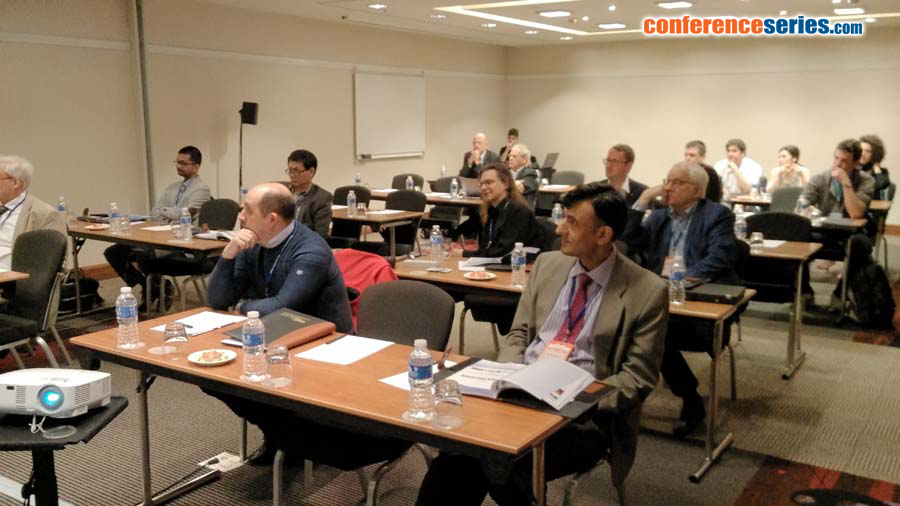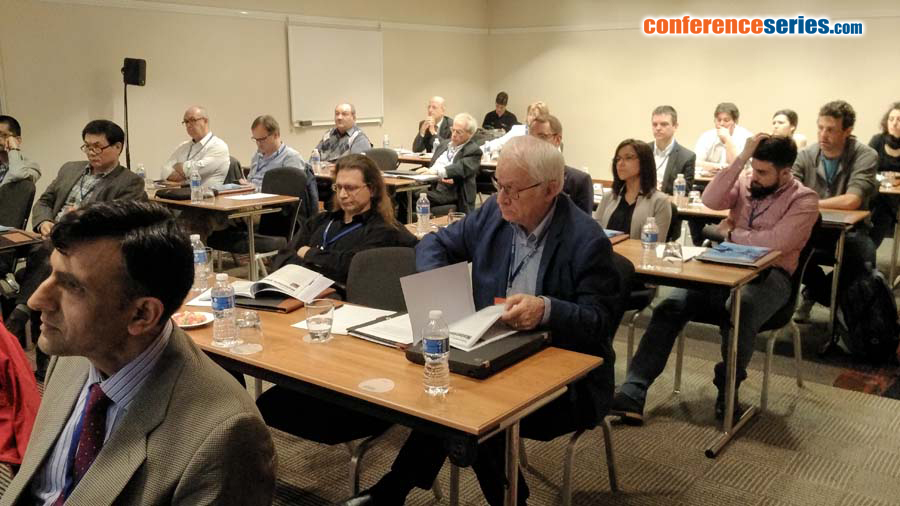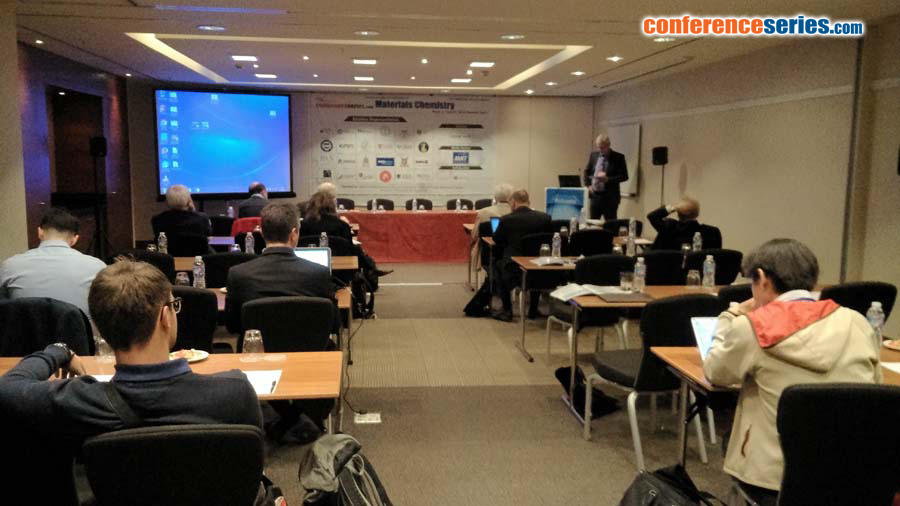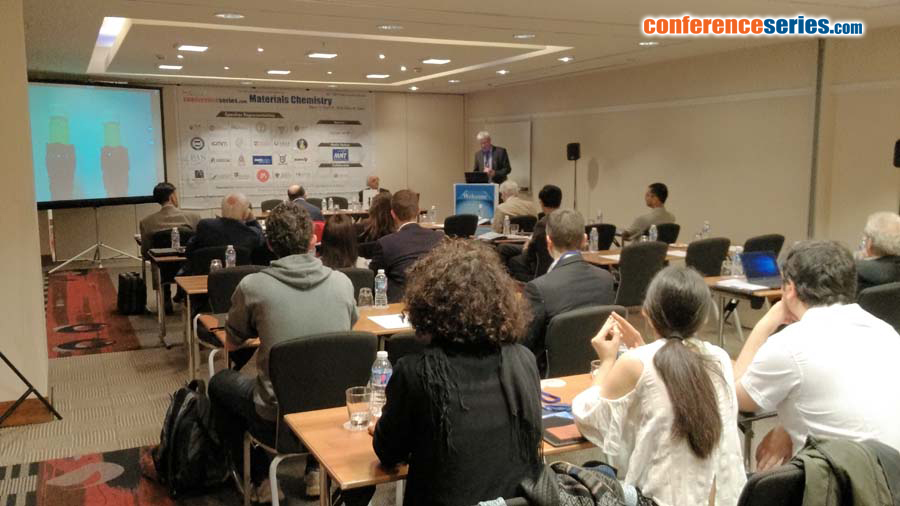
Ruben D. Costa
Friedrich-Alexander-Universität Erlangen-Nürnberg, Germany
Title: Hybrid organic-inorganic materials for thin-film lighting technologies
Biography
Biography: Ruben D. Costa
Abstract
Hybrid organic-inorganic materials are heralded to head into the next generation of lighting technologies. In this context, our efforts encompass three main actions, namely the development of suitable third-generation of electroluminescent materials for ionic-based lighting devices, the application of nanocarbon-based hybrids in lighting devices, and the development of bio-inspired components for lighting, energy conversion, and diagnostic applications. Herein, the implementation of the third generation of materials – i.e., lighting perovskite nanoparticles, small molecules, and copper(I) complexes – for light-emitting electrochemical cells (LECs) will be presented as new approaches to develop deep-red, blue, and white lighting sources.1 Finally, a new strategy to stabilize any type of bio-components – i.e., enzymes, fluorescent proteins, etc. ï€ in a rubberâ€like material will be described. As an example, the latter was applied to fabricate the first bio-inspired hybrid light-emitting diodes featuring a bottom-up energy transfer protein-based cascade coatings. The synergy between the excellent features of fluorescent proteins and the easily processed rubber produces bioâ€HLEDs with less than 10% loss in luminous efficiency over 100 hours.




